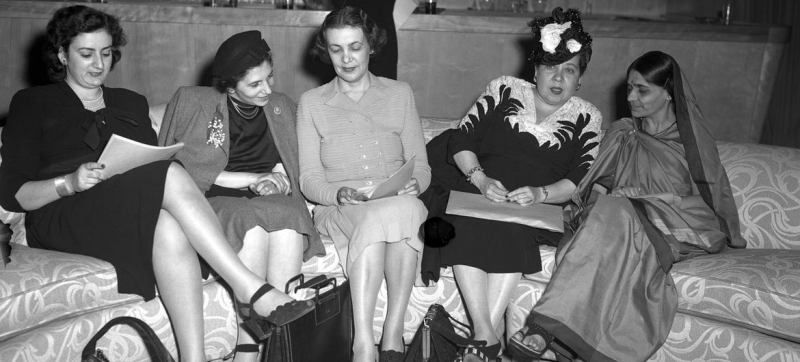
The Commission on the Status of Women holds a press conference in New York City on May 14, 1946. Five facts about the work of the UN Commission on the Status of Women Women
The UN Commission on the Status of Women (CSW) meets every March to discuss ways to combat the inequality, violence and discrimination that women continue to face around the world. This year the Commission meeting, which brings together hundreds of delegates from around the world, will be held from March 11 to 22. We have prepared for you a short excursion about this annual UN event.
1. Eight Decades of Activism
The work of the Commission began in 1946, a few days after former First Lady Eleanor Roosevelt and a member of the country’s delegation read at the inaugural meetings of the UN General Assembly an open letter addressed to “the women of the world.”
Roosevelt called on governments around the world to encourage the active participation of women in national and international affairs, and to encourage the Earth’s inhabitants to recognize their potential and support reconstruction and peacebuilding efforts, as they did during war and resistance.
The UN Economic and Social Affairs Commission (ECOSOC) promptly established a corresponding subcommittee. It included six countries – China, Denmark, Dominican Republic, France, India, Lebanon and Poland. They were tasked with assessing “issues relating to the status of women” in order to advise on these issues the UN Commission on Human Rights, the predecessor of the UN Human Rights Council.
In their first report members of the commission expressed the opinion that the work of the subcommittee should continue until women achieve equality with men in all areas of human activity.
From the outset there were calls for action, including the prioritization of political rights “as little could be achieved without them”, along with recommendations for improvements in civic educational, social and economic areas, through which “problems must be addressed simultaneously” , stated in the first report of the subcommittee. In addition, it was proposed to convene a United Nations Conference on Women.
By June 1946, it had officially become the Commission on the Status of Women as one of the subsidiary bodies of ECOSOC. From 1947 to 1962, the Commission set standards and formulated international conventions to change discriminatory laws and raise global awareness of women’s issues.
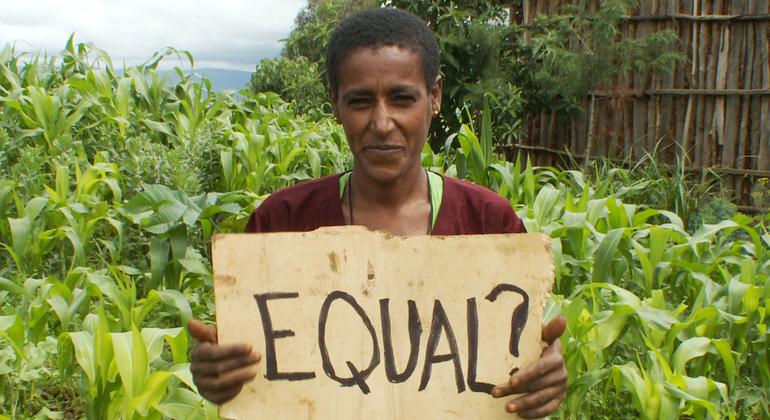
2. Landmark International Agreements
Since the Commission’s early days, its growing membership has contributed to the adoption of some of the most widely agreed upon international conventions in UN history. Here are just a few of them.
By supporting Eleanor Roosevelt, chair of the drafting committee for the Universal Declaration of Human Rights, the Commission successfully opposed the use of “men” as a synonym for humanity. She also introduced new, more inclusive language into the final version adopted by the General Assembly in 1948.
In 1963, efforts to consolidate standards for women’s rights resulted in The General Assembly asked the Commission to develop the Declaration on the Elimination of Discrimination against Women, which was adopted by the world body in 1967.
The Commission played a key role in the adoption of the Beijing Declaration and Platform Action of 1995, the key global policy document on gender equality.
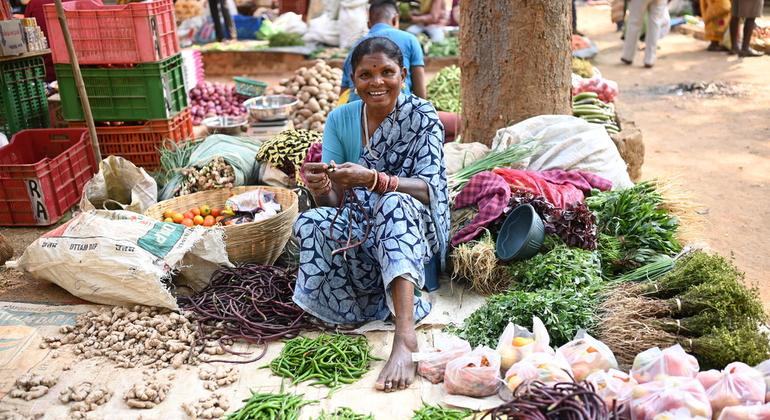
3. Improve the status of women
Statistics showed that women around the world were disproportionately affected by poverty. In this regard, the Commission focused its efforts on solving problems related to agriculture, family planning, as well as scientific and technological progress. She also called on the UN system to expand technical assistance to promote the advancement of women, especially in developing countries.
In addition, in 1979, the CSW drafted a legally binding Convention on the Elimination of All Forms of discrimination against women.
During this decade, the UN declared 1975 the International Year of Women and convened the first World Conference on Women, held in Mexico. In 1977, the UN officially recognized March 8 as International Women’s Day.
In 2010, after several years of negotiations, the General Assembly adopted a resolution to unite the relevant sections and departments of the Organization into the UN Structure Gender Equality and Women’s Empowerment (UN Women), which continues to work closely with the Commission.
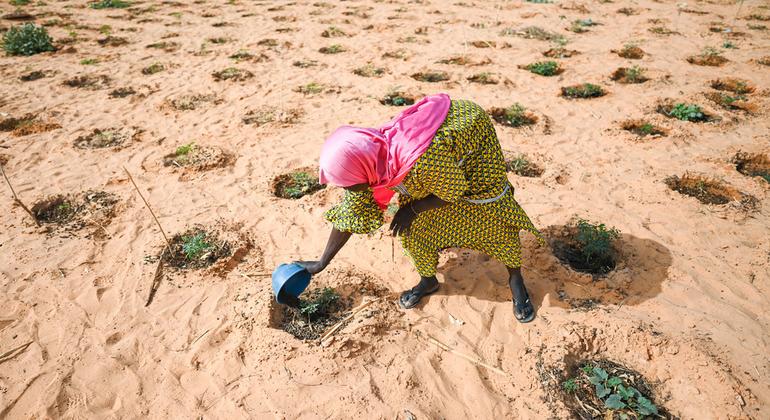
4. Addressing Emerging Issues
Annual sessions review and evaluate emerging issues, as well as progress and gaps in the implementation of the Beijing Platform for Action. Member States then agree on next steps to accelerate progress.
Since 2018, the CSW has been addressing issues such as climate change, gender-based violence and ensuring women’s full participation in decision-making and development of sustainable development strategies.
The CWP sends its conclusions agreed upon during the negotiations to ECOSOC for further work on their implementation.
The Commission also contributes to the implementation of the 2030 Agenda for Sustainable Development.
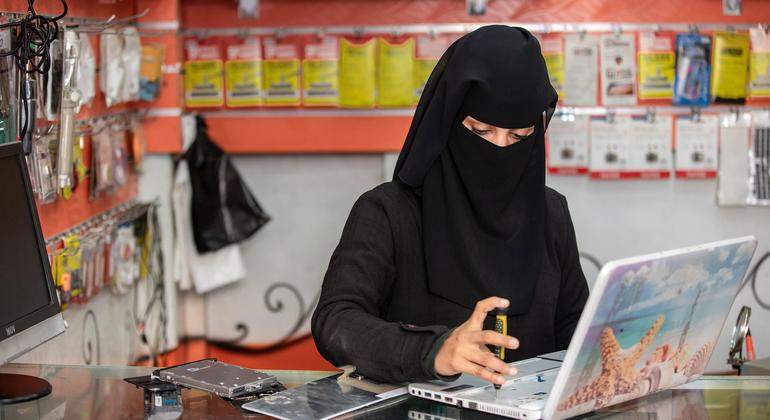
5. From words to action
Many countries around the world are implementing solutions to eradicate poverty among women. Investments in such programs are expected to lift more than 100 million women and girls out of poverty, create 300 million jobs and increase per capita gross domestic product (GDP) by 20 percent in all regions.
This year elections are taking place in more than 60 countries, where about half the world’s population lives. UN urges voters to demand greater investment in gender equality
At this year’s CSW session, 45 Commissioners and thousands of delegates from around the world will focus on the theme “Accelerating Gender Equality” and empowering all women and girls by addressing poverty and strengthening gender-responsive institutions and finance.”
